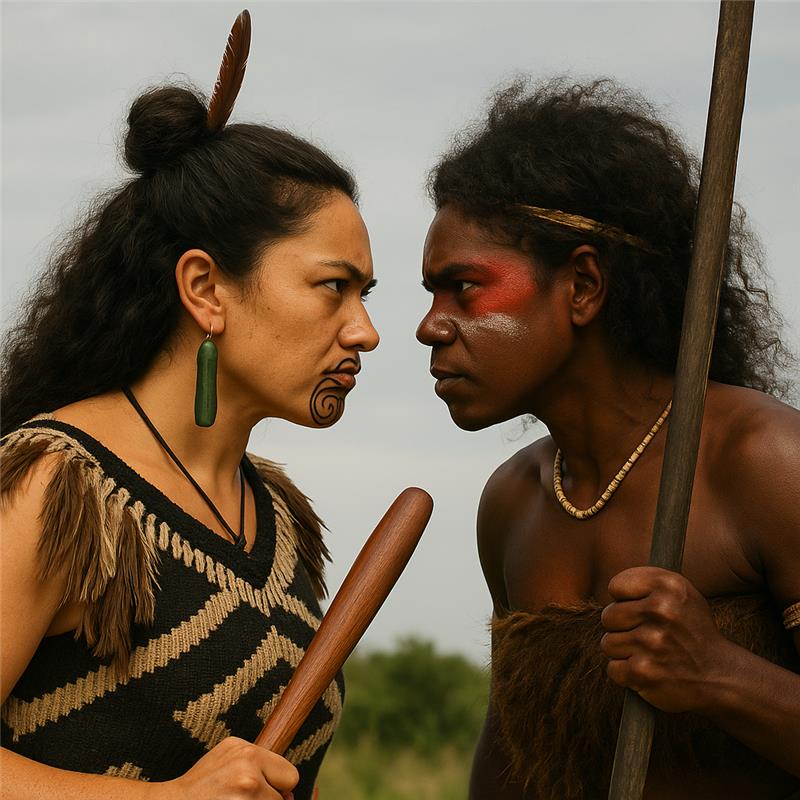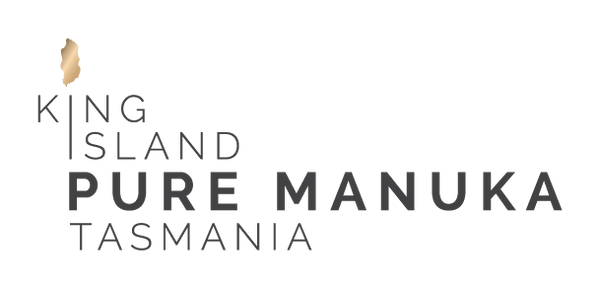
Is Australian Manuka Honey Better Than New Zealand’s?
Share
The rivalry between Australia and New Zealand runs deep. Whether it’s rugby, cricket, netball, movies or music, these two nations share plenty in common—but they’re also fiercely competitive.
So it should come as no surprise that this centuries-old trans-Tasman rivalry extends even into the world of Manuka honey.
But which country produces the better Manuka honey? Let’s take a closer look.
The Origins of Manuka Honey
The word “Manuka” comes from the Māori language, describing the Leptospermum scoparium—a native tree found in New Zealand.
But is it really native to New Zealand?
When Captain Cook encountered the same species in southeastern Australia, he named it the Tea Tree after using its leaves for hot drinks.
For years, New Zealand has claimed Manuka as its own, fiercely protecting its association with the honey.
In 2023, the Manuka Honey Appellation Society (MHAS) tried to trademark the term “Manuka honey” as exclusively from New Zealand. They argued that only honey produced from New Zealand Manuka trees should bear the name.
But their attempt failed—not only in New Zealand but also in the UK and European courts—because Leptospermum scoparium grows across southeastern Australia too, as Cook discovered in the 18th century!
Interestingly however, most Australian Manuka honey is actually made from another species of Manuka tree, Leptospermum polygalifolium, which is native only to the Australian mainland, found mainly in New South Wales and Queensland.
Some of these honeys have been found to be richer in important compounds than New Zealand honeys made from Leptospermum scoparium
But on Tasmania’s King Island, we only have Leptospermum scoparium, the very same species New Zealand unsuccessfully laid claim to. But the big difference between the Manuka honey we make on King island, versus the honey that comes from New Zealand, is that our Manuka trees flourish in especially rich and unique soil.
So with that legal battle settled, and as the plot thickens, the question remains:
👉Is Australian Manuka honey better—or at least different—from New Zealand’s?
What the Science Says: Leptosperin Levels
A groundbreaking study from the University of the Sunshine Coast (UniSC) tested a large number of Manuka honey samples from both Australia and New Zealand.
Here’s what researchers found:
- Australian Manuka honey had the highest concentrations of leptosperin, with a maximum value of 2031 mg/kg.
- By comparison, New Zealand Manuka honey showed a maximum leptosperin level of only 729 mg/kg.
Leptosperin is a naturally occurring compound found almost exclusively in Leptospermum nectar—making it a unique molecular marker for authentic Manuka honey.
So, What Does That Mean?
This research suggests that Australian Manuka honey is more authentically “Manuka”—with higher levels of the very compounds that make this honey so special.
No wonder New Zealand’s efforts to claim “Manuka” as their own failed in court.
Why King Island Pure Manuka Stands Apart
A separate study by UniSC found that King Island Pure Manuka is richer in essential compounds associated with better health and wellness.
But to be honest, we’ve known for years what science is now proving:
- Our Manuka honey is rich in leptosperin and MGO (methylglyoxal)—the compound responsible for Manuka’s antibacterial superpowers.
- Our bees thrive on King Island, a remote paradise off the coast of Tasmania with:
i) Zero exposure to herbicides, pesticides, or industrial farming chemicals
ii) Some of the cleanest air and water on Earth
iii) No Varroa mite infestations (a pest devastating bee populations elsewhere)
King Island is also covered almost entirely in Manuka trees, meaning our bees have only Manuka flowers to pollinate.
This makes King Island Pure Manuka possibly the only honey in the world that is 100% monofloral—a purity you can taste - and feel - in every spoonful.
You may well say ‘there’s something in the water’ down here, as well as in the air and the soil!
MGO: The X-Factor in Manuka Honey
MGO (methylglyoxal) is the key compound that gives Manuka honey its unique antibacterial and therapeutic properties.
It’s created when bees digest DHA (dihydroxyacetone) from the nectar and convert it into MGO in their stomachs—a process so complex, it’s often called a miracle of nature.
And sticking with the science,
👉 Learn more about how MGO is made in our “Manuka Magic” series here.
Australian Manuka vs New Zealand Manuka: The Verdict
While both Australian and New Zealand Manuka honeys have incredible qualities, the science speaks for itself:
- Higher leptosperin levels in Australian Manuka
- Greater purity in remote, pollution-free regions like King Island
- Sustainably produced without chemicals or pests
- Less risk of being faked or counterfitted due to the higher profile of NZ Manuka
Why Choose King Island Pure Manuka?
If you want Manuka honey that’s:
- 100% monofloral
- Free from pesticides and herbicides
- Lab-tested for high MGO levels
- Produced in a pristine environment
…then King Island Pure Manuka is your best choice.
Taste the difference in purity, potency, and provenance.
